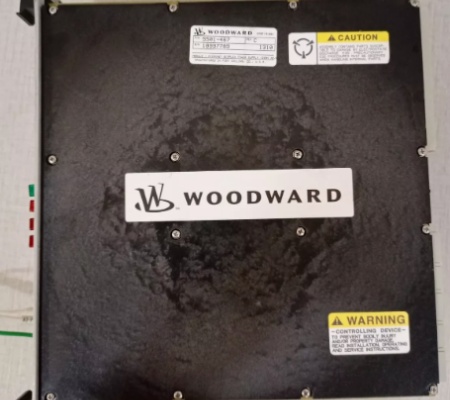| Manufacture | Woodward |
| Item No | 5464-334 |
| Article number | 5464-334 |
| Series | MicroNet Digital Control |
| Origin | United States (US) |
| Dimension | 135*186*119(mm) |
| Weight | 1.2 kg |
| Customs Tariff Number | 85389091 |
| Type | ANALOG INPUT MODULE |
 This module can be used to monitor and control generators, turbines, generator speed control systems, etc. to ensure the stability and reliability of the power system. In the aviation field, it may be used to monitor and control key components such as aircraft engine control systems and aircraft power systems. In industrial automation, it is used to measure and convert analog signals output by sensors for further processing and control. In the field of transportation, it may be used in vehicle control systems, train control systems, etc. to monitor and adjust key parameters. In marine engineering, it may be used to monitor and control marine platforms, ship power systems, etc. In energy management, it can be used in energy management systems to monitor and record the performance parameters of energy equipment to improve energy efficiency.Frequently asked questions about the product are as follows: -What types of signals does the 5464-334 support? Accepts 4-20 mA or 0-10 VDC signals, which are commonly used for industrial sensors. These inputs can include inputs for monitoring engine or turbine parameters -How does the 5464-334 integrate with other Woodward systems? It integrates with Woodward control systems, including governors and controllers, through a communications bus or direct connection to system inputs. It provides data from analog sensors to control devices that adjust engine or turbine operation based on these inputs. -What types of maintenance does the 5464-334 require? The first thing to do is to connect the check to ensure that all wiring and sensor connections are secure and functioning properly. Then check the signal integrity to verify that the analog signal received is within the expected range and is not affected by interference or noise. The next step is firmware updates to periodically check for updates or configuration changes to the module. Finally, use the built-in diagnostic LED or connected monitoring system to identify potential faults.
This module can be used to monitor and control generators, turbines, generator speed control systems, etc. to ensure the stability and reliability of the power system. In the aviation field, it may be used to monitor and control key components such as aircraft engine control systems and aircraft power systems. In industrial automation, it is used to measure and convert analog signals output by sensors for further processing and control. In the field of transportation, it may be used in vehicle control systems, train control systems, etc. to monitor and adjust key parameters. In marine engineering, it may be used to monitor and control marine platforms, ship power systems, etc. In energy management, it can be used in energy management systems to monitor and record the performance parameters of energy equipment to improve energy efficiency.Frequently asked questions about the product are as follows: -What types of signals does the 5464-334 support? Accepts 4-20 mA or 0-10 VDC signals, which are commonly used for industrial sensors. These inputs can include inputs for monitoring engine or turbine parameters -How does the 5464-334 integrate with other Woodward systems? It integrates with Woodward control systems, including governors and controllers, through a communications bus or direct connection to system inputs. It provides data from analog sensors to control devices that adjust engine or turbine operation based on these inputs. -What types of maintenance does the 5464-334 require? The first thing to do is to connect the check to ensure that all wiring and sensor connections are secure and functioning properly. Then check the signal integrity to verify that the analog signal received is within the expected range and is not affected by interference or noise. The next step is firmware updates to periodically check for updates or configuration changes to the module. Finally, use the built-in diagnostic LED or connected monitoring system to identify potential faults. 